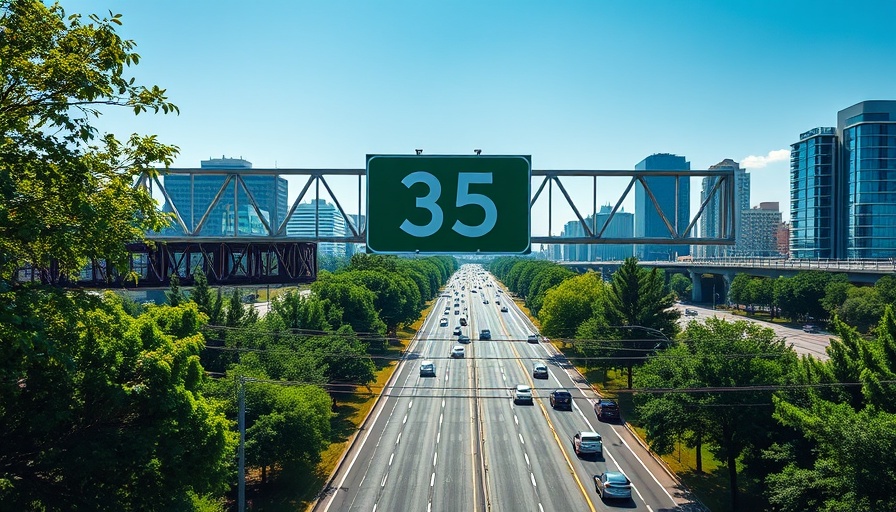
Transforming Austin: A Vision for Public Spaces
The Austin City Council has taken a significant step towards improving urban public spaces by voting to fund the foundations for areas that will cover Interstate 35 in Central Austin. This project represents a forward-thinking vision that not only aims to beautify the city but also to reconnect neighborhoods divided by infrastructure.
Understanding the Impact of Infrastructure on Community
This initiative comes amid growing concerns about the impact of roadways on community cohesion. Interstate 35 has long been a barrier, segregating neighborhoods and limiting accessibility to green spaces. The new foundations are intended to create public parks and plazas that offer residents a place to gather, play, and enjoy the outdoors, mitigating the negative effects traditionally imposed by such infrastructure.
The Case for Green Spaces in Urban Design
As cities expand, the need for green spaces has never been more vital. Studies have shown that accessible parks can improve public health, boost local economies, and enhance overall quality of life. Green spaces in urban design encourage physical activity, foster social interactions, and provide critical ecosystems that support biodiversity.
Future Predictions: What Lies Ahead
Experts predict that as Austin continues to grow, projects like these will become increasingly important. Urban planners emphasize that connecting fragmented neighborhoods through green spaces is vital to ensuring affordable housing and sustainable development. The city’s approach may serve as a model for other metropolitan areas grappling with similar challenges.
Counterarguments: Challenges Ahead
While the plan to fund the foundations for public spaces is commendable, there are counterpoints worth considering. Some residents have voiced concerns about potential traffic disruptions during construction, increased maintenance costs, and whether the completed spaces will be available to all citizens or primarily to affluent neighborhoods. Addressing these concerns is crucial for ensuring that the project gains community support and serves its intended purpose.
A Unique Opportunity for Local Engagement
As the project unfolds, local communities will have the opportunity to engage in the development process. Public forums and discussions can foster a sense of ownership and ensure that the needs and desires of Austin's diverse population are heard. Inclusivity in urban planning is paramount for creating spaces that truly serve the community.
The Value of Historical Context
Austin's historical context enriches the discussion around this project. The city's rapid growth and changing demographics necessitate innovative solutions to infrastructure that's often outdated and unresponsive to local needs. Examining past urban development projects can provide insights into what works and what does not, informing future decisions.
Call to Action: Get Involved in the Future of Austin
For those interested in seeing how these changes will unfold, staying engaged with local news is paramount. Attend city council meetings, participate in community forums, and share your ideas on shaping the future of Austin’s public spaces. Your voice matters in this transformative effort!
 Add Element
Add Element  Add Row
Add Row 



 Add Row
Add Row  Add
Add 


Write A Comment